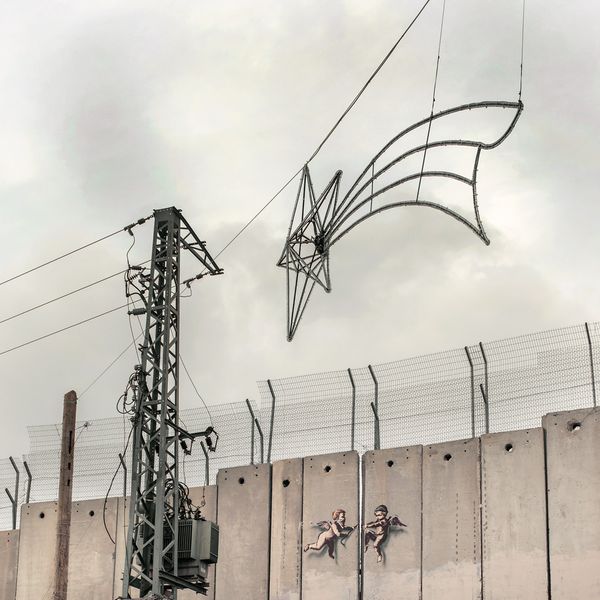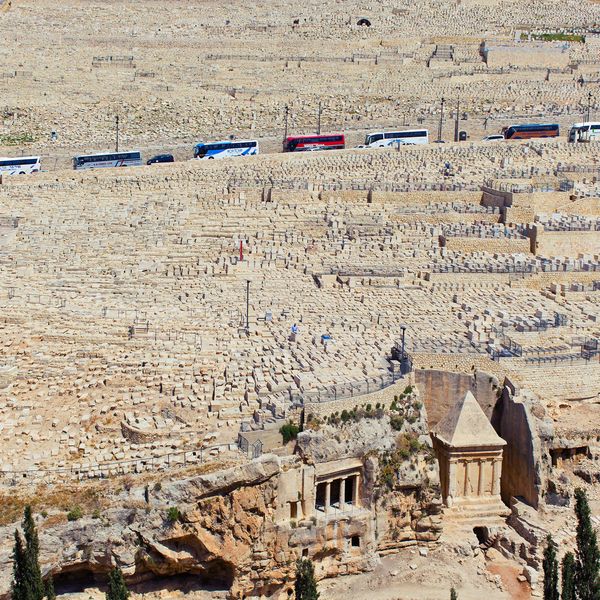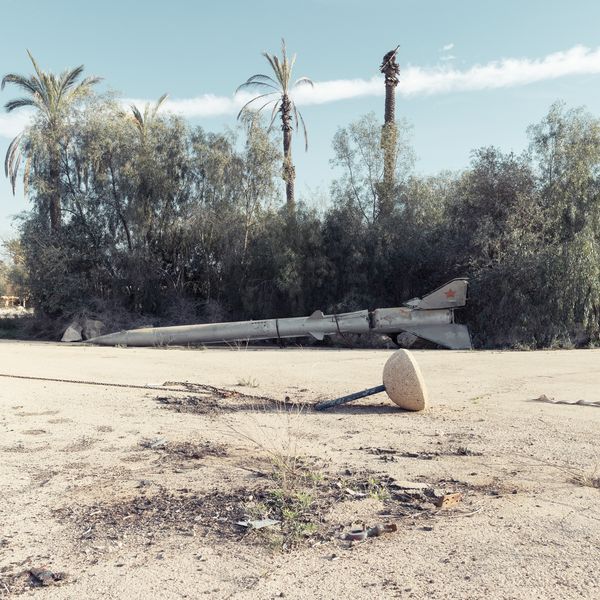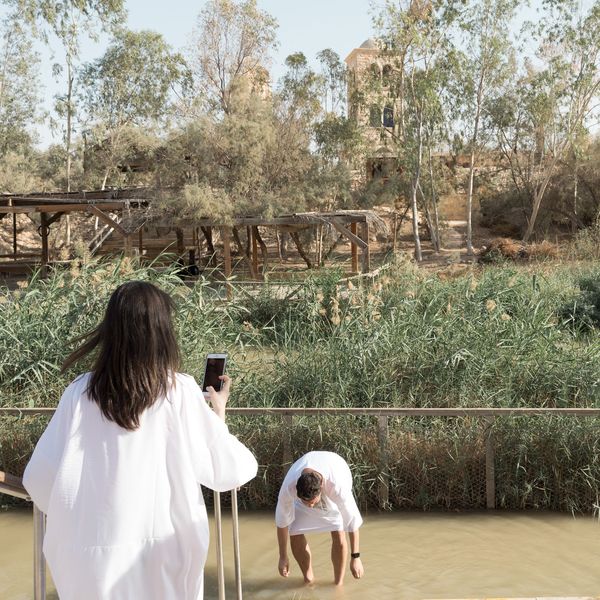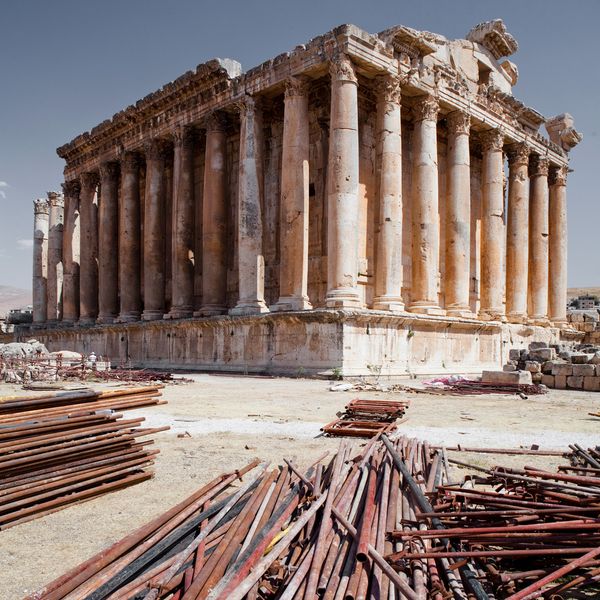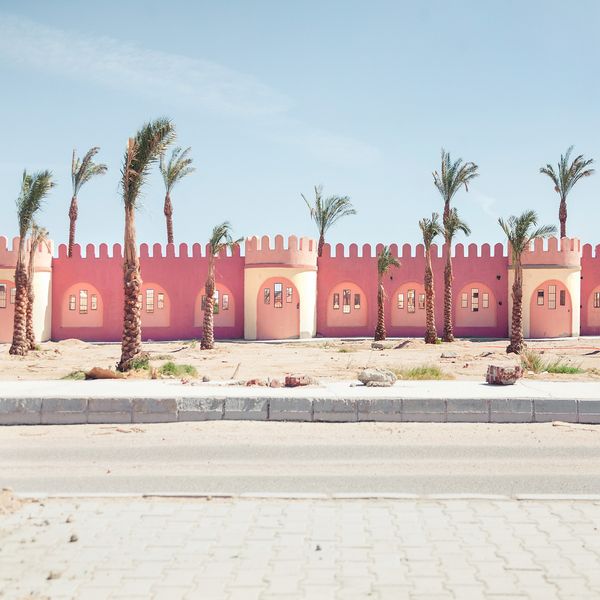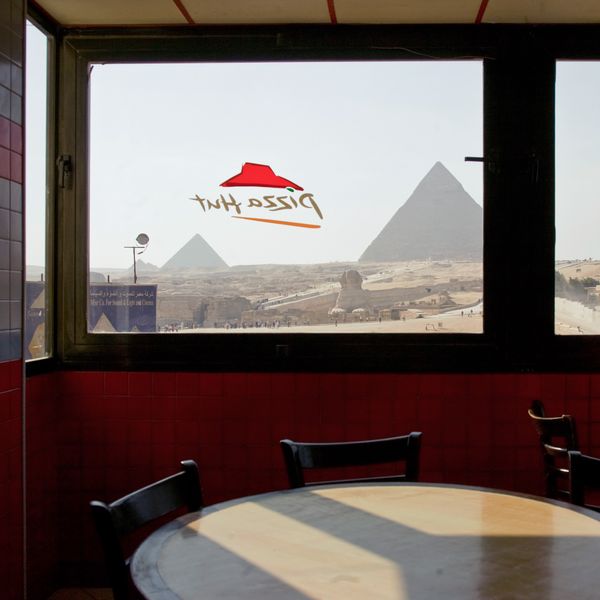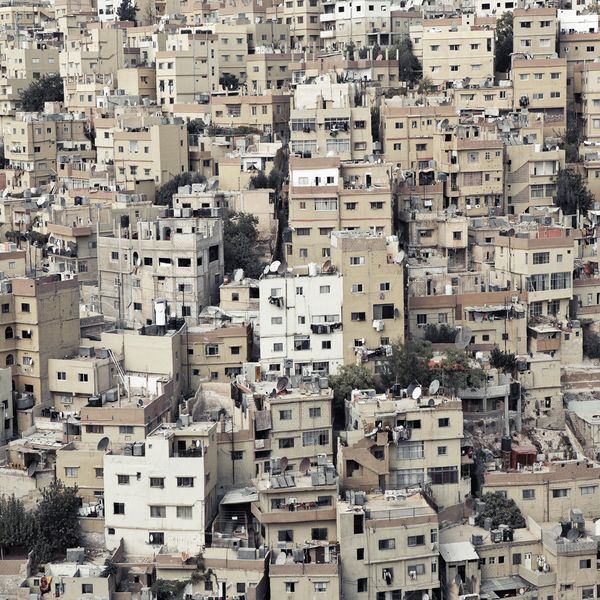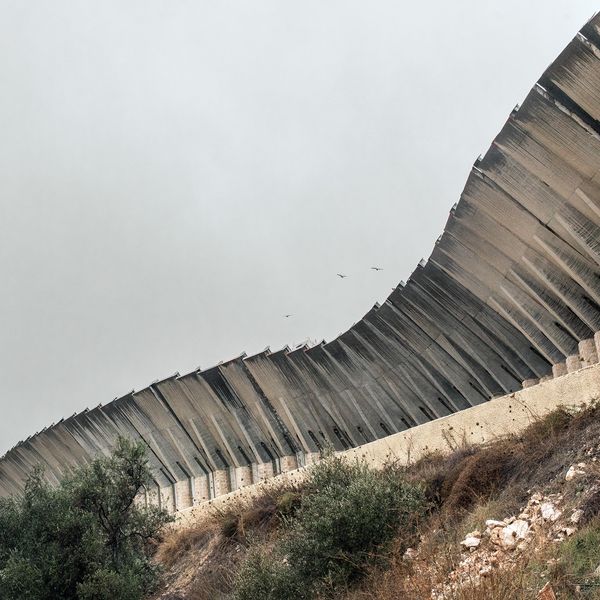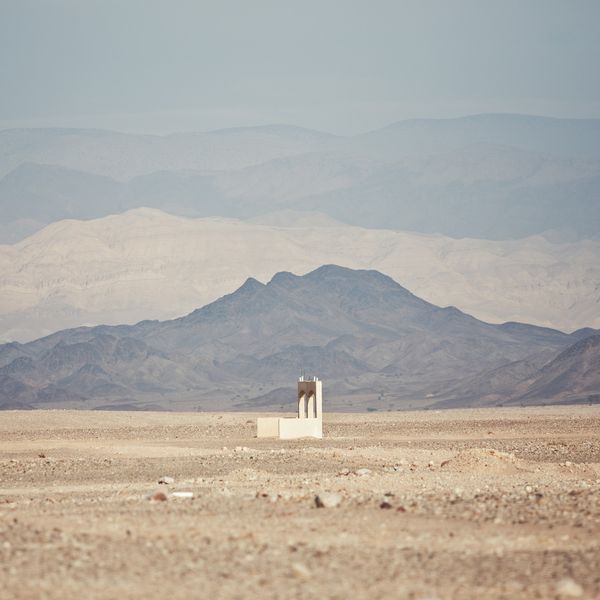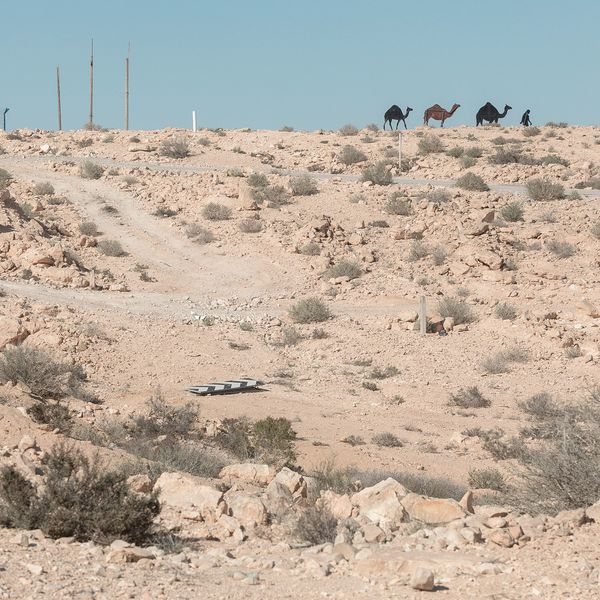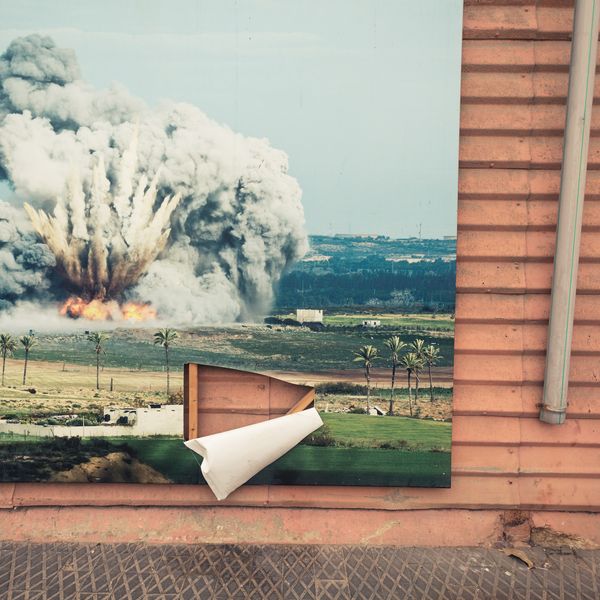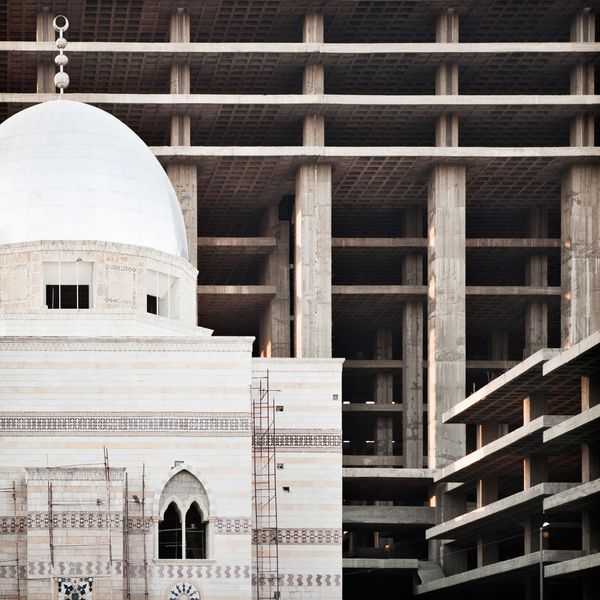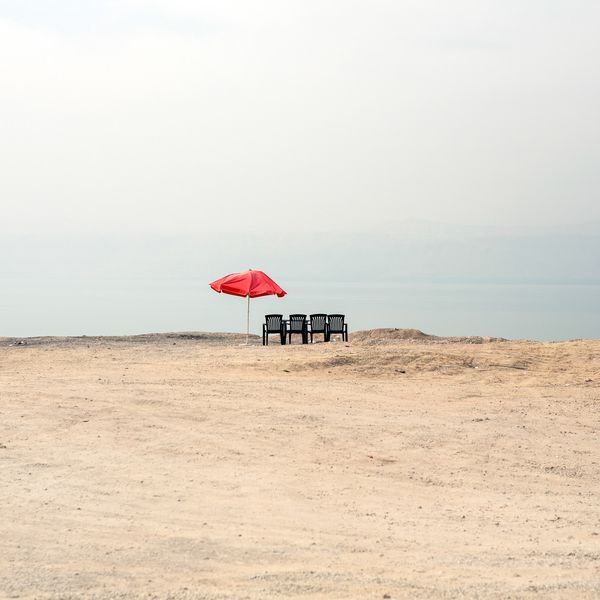Ha Aretz (The Promised Land)
-
Dates2011 - 2019
-
Author
The projecte 'Ha Aretz', an expression from the aramaic [the language that was supposed to be spoken in the times of Jesus Christ] wich means the Promised Land, employs the camera lens as a conceptual tool to reinterpret the biblical landscapes amidst a globalized world of alienation, conflict and consumerism. Compiled from photographs taken throughout Israel, Palestine, Lebanon, Jordan, Syria and Egypt, this series is conceived with the aim to document some of the most famous locations of biblical events such as the Genesis, the Exodus, the baptism, miracles and crucifixion of Jesus, the Devil's temptation, the Last Dinner, the good Samaritan story etc etc
At the same time, it aspires to provide a critical visual refection on the potential evolution (or regression maybe?) of conflictive ancestral regions referred to as the cradle of civilization such as Galilee, Samaria or Judea, wich represent the epicentre of the jewish, christian and arab cultures while testifying to the ferocious power that capitalism and technology exercise in our postmodern times.
These "Promised Land" serves therefore as the background of a photogenic reality, a reality irreversibly mediated and recreated for contemplation by the camera. Biblical passages provide the necessary symbolic connotations when it comes to generating visual resonances and to transcending the contemporaneity of its sceneries. From Nazareth to Jerusalem, from the Sinai to the Golan, and from the Nile to The Dead Sea, the principal regions of the Holy Books exist as none other but merchandised spaces of leisure and suffering within a globalized world of consecrated frontiers. Landscapes are consumed, and so are History and the past. The past is a fossil embedded on the geographic, social and cultural skin of these places.
What persists is the totalitarian veneration of its supposed historicity, ethnicity and monumentality. Veneration throws its shadow on landscapes and the destiny of their inhabitants. Preserving with its gaze necessary distances, 'Ha Aretz' documents the abysm produced by chimerical illusions . Various of his images are accentuated by elements that literally block the view walls, fortifications, checkpoints. Others unearth the glories of souvenir folklore and the palpitating dissonance between mundaneness and spirituality, peace and violence, silence and pronounced absences. All of them capture the failed spirituality of these places. There hardly exists anything that could suggest the possibility of a miracle: God is to be found neither in the Sacred Waters, nor in Baptism location nor on the Mount of Olives. Human presence remains delimitated between the areas of religious tourism and the war trenches. Therefore the territory has turned into a hostile, arid non-place, wherein obsolete beliefs keep on instigating an unending confrontation between communities, cultures and human souls.
